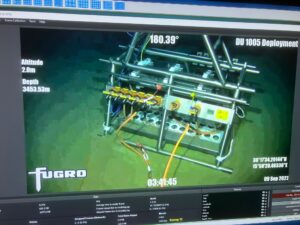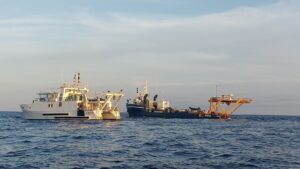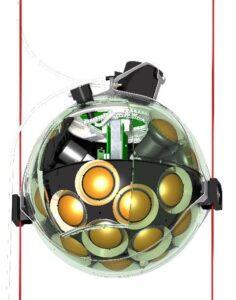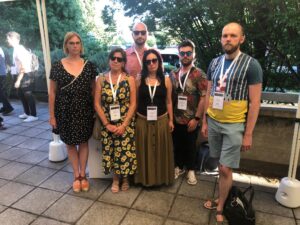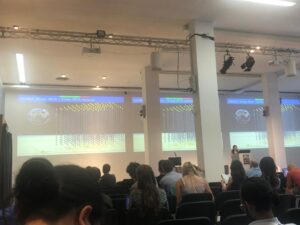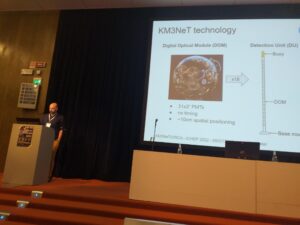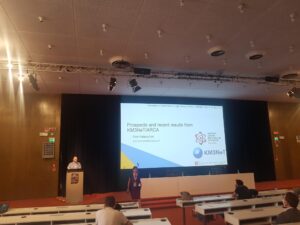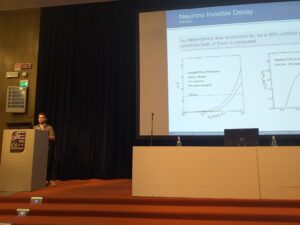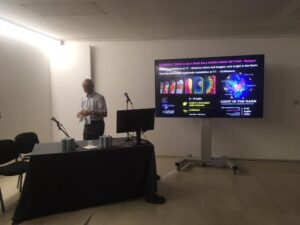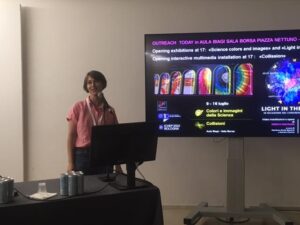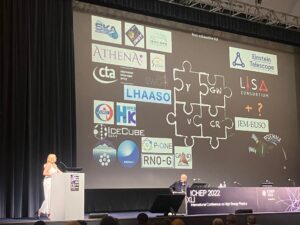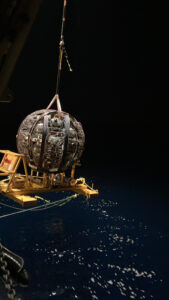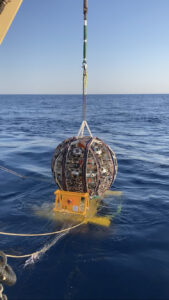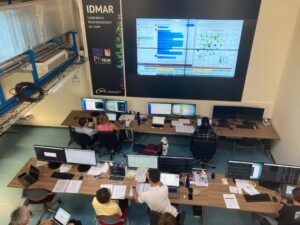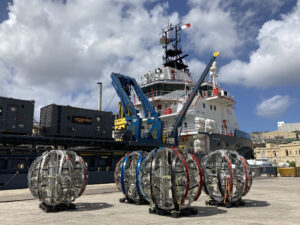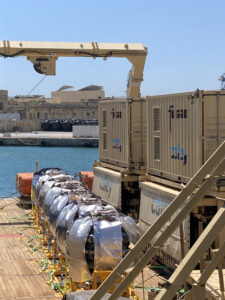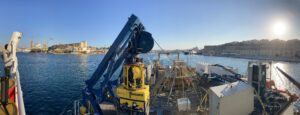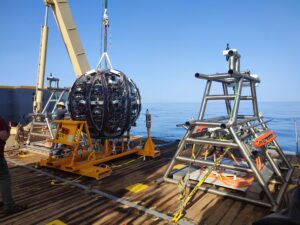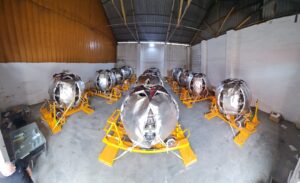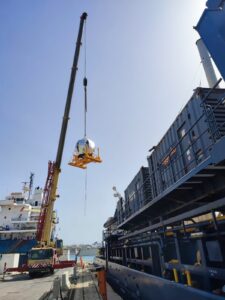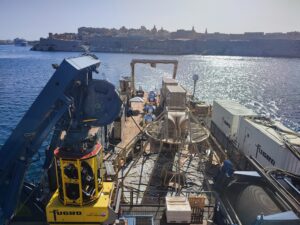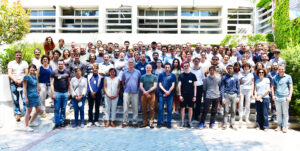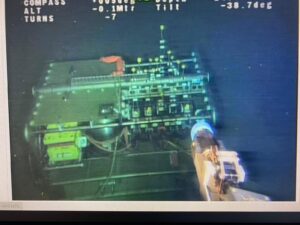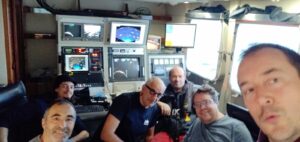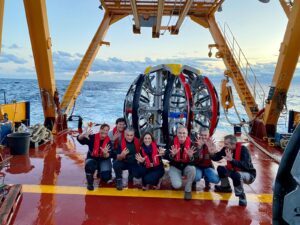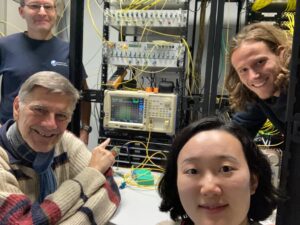New sea campaigns at both KM3NeT sites
12 September 2022 – New sea campaigns were performed last week for both ARCA and ORCA. The purpose was to prepare the field for next installation phases of the detectors as well as to deploy new detection units and acoustic beacons – the latter are autonomous calibration devices which run on batteries and need to be replaced after some time.
The number of detection units in operation in the deep sea has been increased to 32 (comprising almost 18,000 photomultipliers): 21 in ARCA and 11 in ORCA.
After installation of a third junction box at the ARCA site, this site is now fully equipped for hosting the so-called Phase-1 of the project, comprising the first 31 detection units and the calibration unit of the apparatus.
The ARCA sea campaign represented the final action of the IDMAR project in Italy, supported by Regione Sicilia.
These operations were made possible by the dedication of hardware teams and the onshore and offshore teams at the two sites – the Collaboration is very grateful to them.
